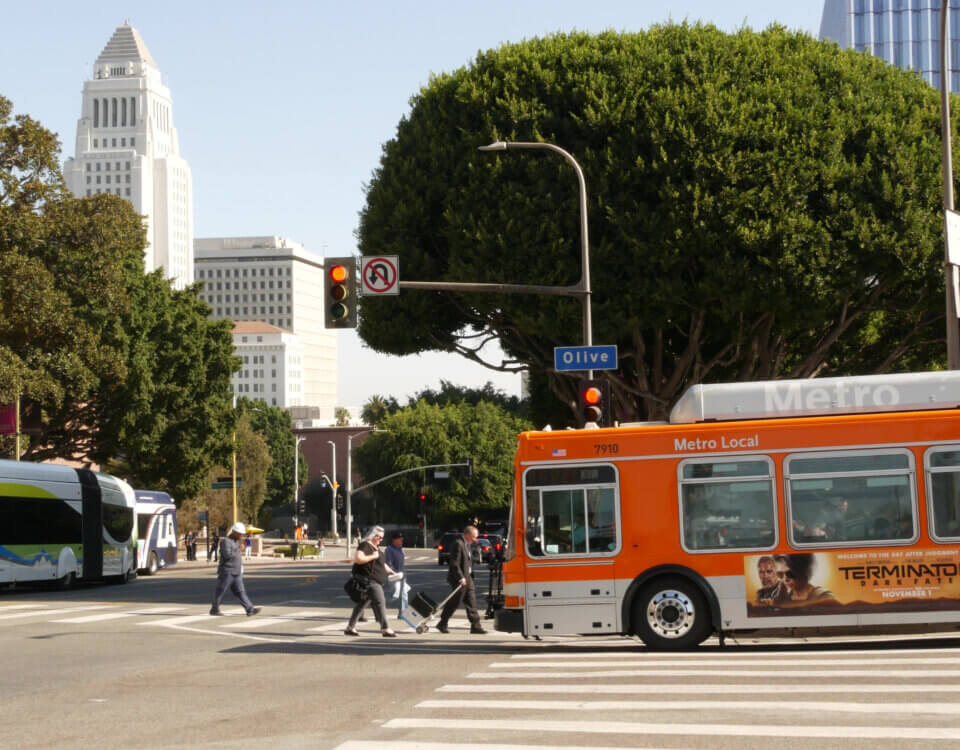Bus accidents often involve serious injuries, and more than one person or entity may share responsibility. Identifying who is liable depends on the facts of your case.
Possible Defendants in a Bus Accident
- The bus driver if they were negligent, speeding, violating traffic laws, driving while distracted or fatigued
- The company that operates the bus, for issues such as failure to train or supervise drivers, allowing unsafe work schedules, or poor hiring practices
- The owner of the bus if separate from the operator
- A maintenance company or mechanic if vehicle defects or poor maintenance of brakes, tires, lighting or other critical systems contributed to the crash
- A parts manufacturer if a defective component such as a braking system, steering, or tires caused or worsened the crash
- Government entities if the bus is public or government owned, or if a public agency is responsible for road design, signage, traffic control, or road maintenance that was a factor in the accident
- School districts or school boards, particularly in school bus accidents
- Other drivers if someone else’s negligent driving contributed to the crash
Special Rules When Suing Public Entities
You must follow special rules when a public body is involved.
In California law you are required to file a notice of claim within six months when you want to sue a government agency or public entity after an accident.
The claims procedure is different than if all defendants are private.
Comparative Fault
Being partially at fault does not prevent you from suing. California’s comparative fault system means your damages may be reduced by your percentage of fault, but you can still recover even if you share some blame.
How Hillstone Law Can Help
Hillstone Law can:
- Investigate all possible liable parties
- Gather evidence such as maintenance logs, driver records, accident reports, witness statements
- Help ensure you meet all legal deadlines and file necessary notices or claims against public agencies
- Assess full damages including medical costs, lost income, pain and suffering, and future costs
Note: These blog posts are created solely for the use of Hillstone Law. The information is gathered from internet research, publicly available sources, and artificial intelligence (AI) tools such as ChatGPT. While we aim to share helpful and educational content, Hillstone Law does not independently verify every detail. Some information may be incomplete, outdated, or subject to change without notice. If you believe any part of a post is inaccurate, misleading, or infringes upon copyright, please contact Hillstone Law immediately so we can review it and take appropriate action, including correction or removal.
Disclaimer: The material provided in these blogs is for general informational purposes only and should not be considered legal advice. Reading these posts does not create, and is not intended to create, an attorney-client relationship with Hillstone Law. Our intent is to share knowledge, raise awareness, and provide helpful resources to the public; however, Hillstone Law makes no warranties or guarantees about the accuracy, completeness, or reliability of the information provided, and expressly disclaims liability for any actions taken in reliance on it. The photos used in these posts are for illustrative purposes only and do not depict actual clients, individuals, or incidents unless expressly stated. If you or a loved one has been injured in an accident, please contact Hillstone Law at (855) 691-1691. Our attorneys are available to answer your legal questions and help you understand your rights.







